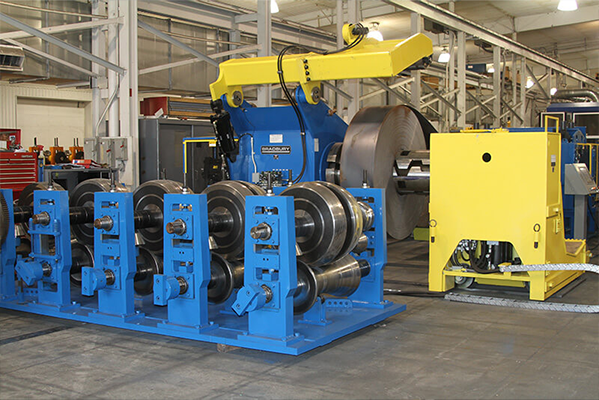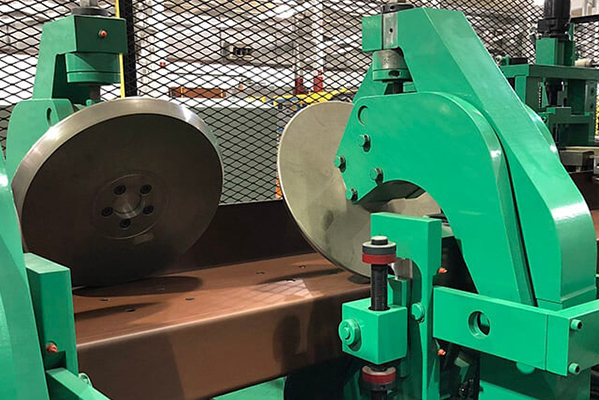Navigation Menu
Contact Us
- Email:
- info@wxavatar.com
- Address:
- Yurong Village, Yuqi Street, Huishan District, Wuxi, China.
Release Date:Jun 08, 2025 Visit:38 Source:Roll Forming Machine Factory
Selecting the right roll forming machine requires careful consideration of multiple technical and operational factors. The appropriate equipment choice directly impacts production efficiency, product quality, and long-term operational costs. This article examines the key considerations that guide decision-making when choosing roll forming machinery for various industrial applications.

Material Characteristics
The type and properties of materials being processed significantly influence machine selection. Different metals exhibit varying levels of formability, tensile strength, and thickness tolerances. Machines must be equipped with proper tooling and power capacity to handle specific material grades without compromising dimensional accuracy. Material width and thickness ranges determine the required machine frame strength and roll stand configurations.
Production Volume Requirements
Expected production volumes affect decisions regarding machine automation levels and operational speeds. High-volume applications typically justify investment in more sophisticated, computer-controlled systems with automatic feed mechanisms. Lower volume or job shop environments may prioritize flexibility over pure speed, opting for machines that accommodate quick changeovers between different profiles.
Profile Complexity
The geometric complexity of desired cross-sections dictates necessary machine capabilities. Simple linear profiles require fewer roll stands than complex shapes with multiple bends and curves. Machines for intricate profiles often incorporate additional forming stations, precision guidance systems, and sometimes specialized tooling to maintain tight tolerances throughout the forming process.
Dimensional Accuracy Needs
Applications demanding high precision in finished product dimensions necessitate machines with robust construction and advanced control systems. Factors such as roll shaft diameters, bearing types, and frame rigidity contribute to maintaining consistent tolerances. Some machines incorporate laser measurement systems or other closed-loop feedback mechanisms to ensure dimensional stability during continuous operation.
Integration With Existing Systems
Consideration must be given to how new roll forming equipment will interface with other production line components. This includes material handling systems upstream and downstream processing equipment. Proper integration ensures smooth material flow and minimizes bottlenecks in the overall manufacturing process.
Maintenance and Service Considerations
Equipment design should facilitate routine maintenance procedures with accessible components and straightforward lubrication points. Availability of replacement parts and local technical support influence long-term operational reliability. Machines with modular designs often provide advantages in serviceability and future upgrades.

Conclusion
Selecting the optimal roll forming machine involves balancing technical specifications with practical operational requirements. By carefully evaluating material properties, production needs, profile specifications, and system integration factors, manufacturers can identify equipment that delivers consistent performance while meeting application-specific demands. Proper selection contributes to efficient operations and product quality throughout the equipment's service life.